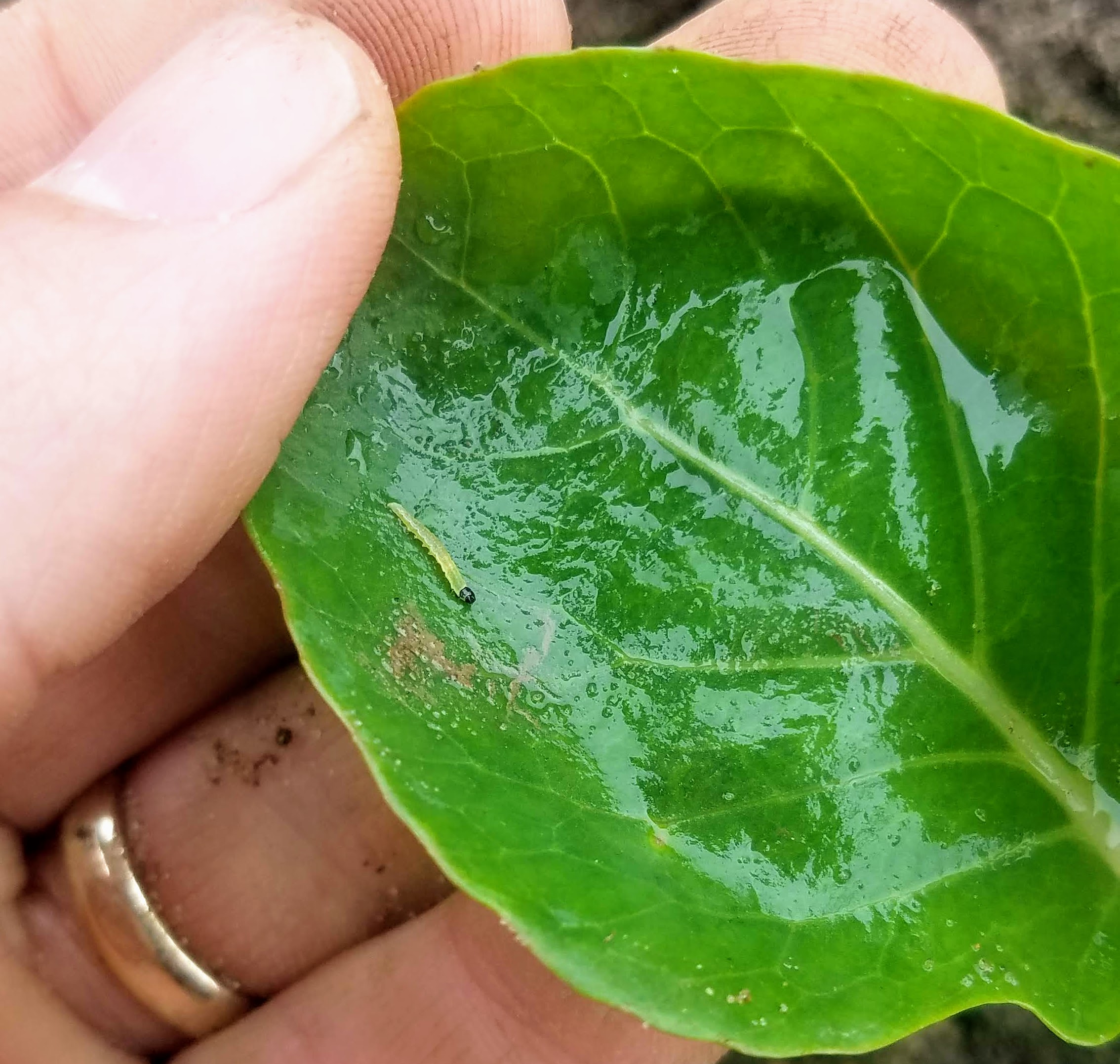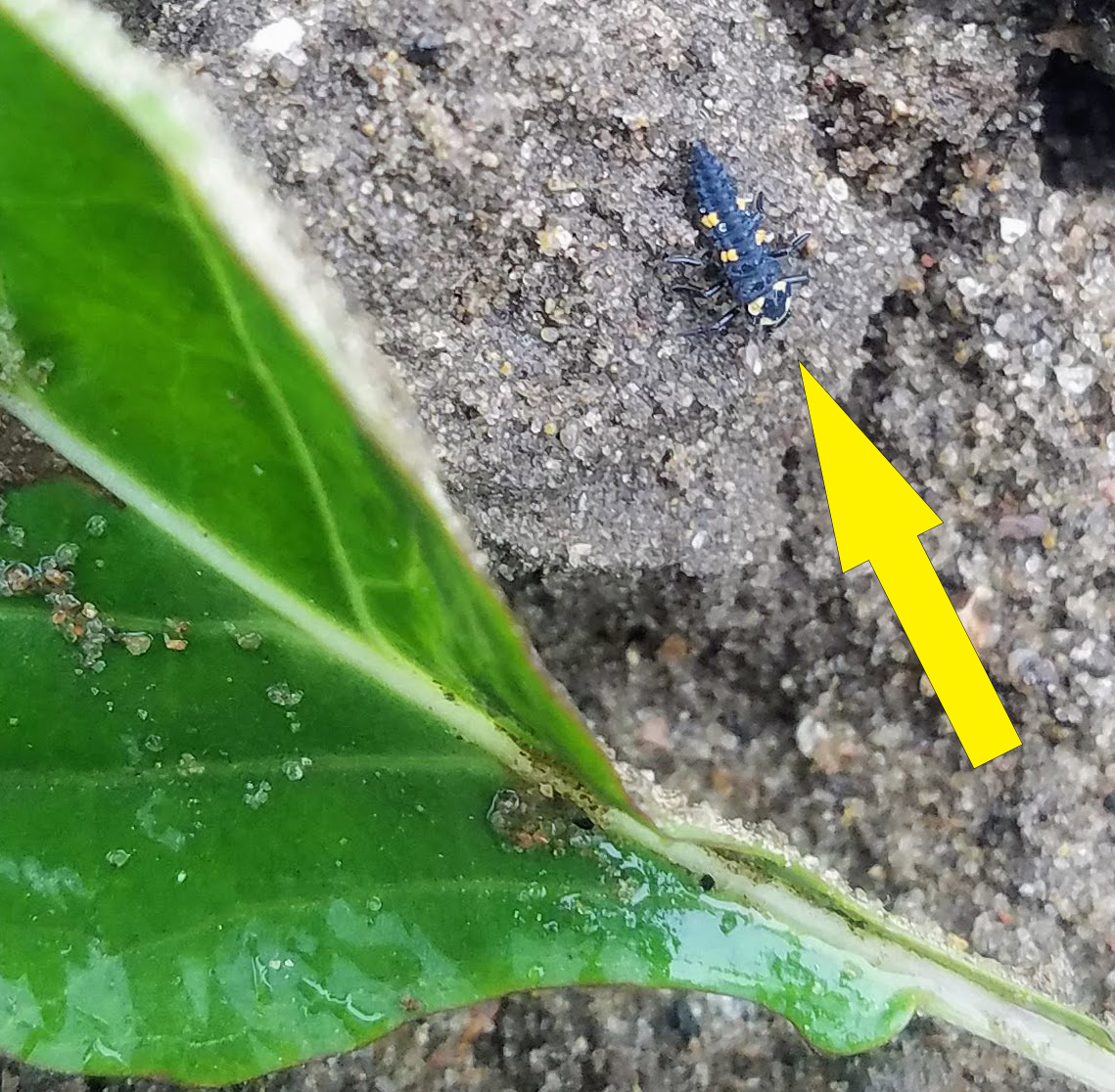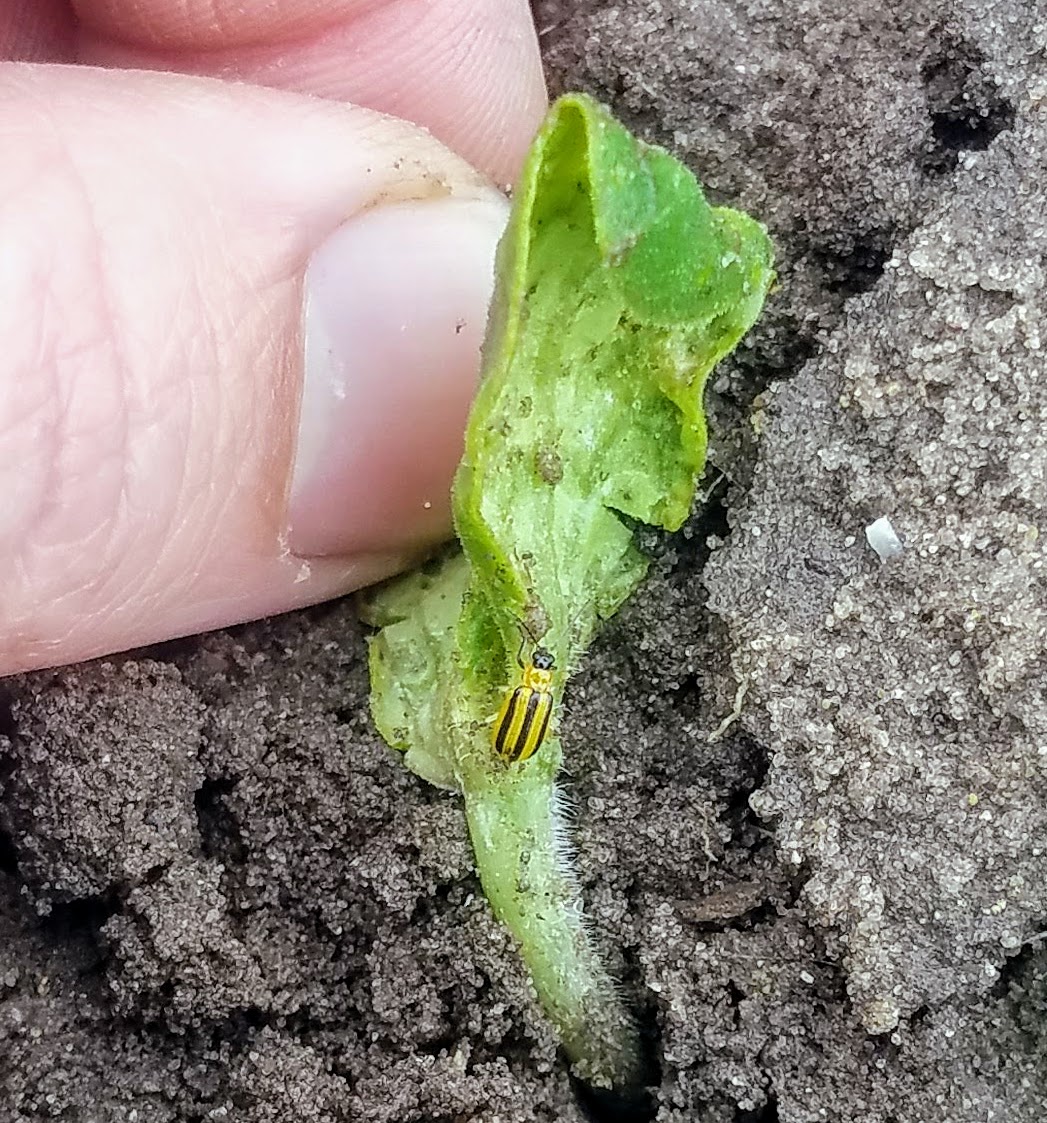West central vegetable update - June 5, 2019
Learn about topdressing onions and controlling “escargot” (snails) in vegetables in today’s update.

Weather
Got slugs or snails? Weather so far this spring has been cool, cloudy and wet, which is like heaven for snails and slugs. They can be especially active along hedgerows and ditch banks, where they can creep into crops, defoliate plants, and also serve as contaminants of produce. Remember these are mollusks, so most insecticides will not kill them.
Deadline Mini-Pellets (active ingredient metaldehyde) are labeled for a wide variety of vegetables. They can be spread on the ground, and slugs or snails will eat them and die. It is illegal to make broadcast applications across entire fields or to specifically direct the material onto plants, but otherwise it is a dry, spreadable material. It is not pet-friendly!
A 3-point hitch mounted spreader or a setup made for banding dry fertilizer might be options for small areas. One grower I know who has used the product suggests it takes some practice to get it to spread well.
Research in New York has also shown that the insecticide Lannate kills slugs, but it is only labeled for this use in field crops. Snails and slugs are mostly night active, so applying the product at night during moist conditions with an adjuvant to get good coverage can help. If they die in the plant, they can still serve as contaminants.
Lastly, Cornell University work has shown that Browseban—a hot pepper deterrent for vertebrates—also irritated slugs and significantly reduced contamination of cabbage heads. It is labeled for deer control in leafy brassicas, snap beans, fruiting vegetables, cucurbits, lettuce and strawberries. For organic growers, Sluggo is available. Cornell University work suggested it is effective, but not quite as good as Deadline. Special thanks to my colleague Christy Hoepting at Cornell University who shared this information.
Asparagus harvest has been ongoing in west central Michigan, and is wrapping up in southwest Michigan. As we see warm and sunny weather we may see beetle activity increase this week, but overall activity seems late and limited compared to last year. Common asparagus beetle activity was detectable for the second week in a row this past Wednesday, May 29, in one out of three problem fields I've been monitoring, with beetles present and laying eggs. However, I did not detect any activity at the other two locations. See: Controlling common asparagus beetle during harvest season.
For celery, aster leafhopper samples taken on June 3, 2019, from Allegan and Van Buren Counties had 0% infectivity. Scouts report aster leafhopper activity had picked up this week in southwest Michigan.
Dicing carrot stands have been developing nicely on some farms. For example, at one field I checked, seeds had germinated 3 weeks ago but there was not much of a stand. Last week carrots were up down the row and had 1-2 true leaves. I have heard other reports of decent stands.

Cole crop planting has continued in West Michigan. Imported cabbage worm eggs and small larvae were present on a low percentage of plants at one site I visited last Thursday. There were also decent numbers of beneficials at this site, including ladybug larvae, which can help keep pests like aphids in check. For small caterpillars, Bt products can be effective while conserving these beneficials.

Cucurbits including winter squash have been or were about to be planted at sites across west Michigan last week. Striped cucumber beetles were already active at one Ottawa County site I visited. For seedlings with up to 1-true leaf, a threshold of 0.5 beetles per plant can be used to make treatment decisions. At-plant treatments including FarMore FI400 or Admire should provide a few weeks of protection. Degree day totals at west central stations suggest that seedcorn maggot larvae from the spring peak should be completing their development, and that we are between the spring and early summer peaks. Once soil temperatures at 4” depth consistently reach at least 70 degrees Fahrenheit each day, risk will decline further. Incorporating cover crops and organic amendments as far as possible ahead of planting will also limit risk. Finally, FarMore FI400 seed treatments provide protection for this pest.

Note, if you have had a history of issues with angular leaf spot in spaghetti squash, which can cause spotting on fruit, applications of copper could begin on a 7-day schedule as soon as plants have their first true leaves. You can continue applications until late June to early July. At that time, if you do not see symptoms on the foliage, you could discontinue your intensive copper program. If you see symptoms, you can continue the program. The reason for this approach is that whether or not you get angular leaf spot is partly “luck of the draw.” You may or may not have initial inoculum in your field. If you do have it, rainy wet weather (the bacterium spreads by rain splash) is required for the problem to spread. For copper applications, to minimize the risk of phytotoxicity consider using formulations that are fast drying and avoid tank-mixing with foliar fertilizers if possible.
Onions are often topdressed with urea around mid-June, but consider getting a pre-sidedress soil Nitrate (PSNT) test to see if this is necessary. Zack Hayden has reviewed his work and Darryl Warncke’s work, and developed a conservative threshold for topdressing of 60 ppm Nitrogen. If your test is above this level just prior to topdress time, it is unlikely you will see a yield boost. In addition, work at Cornell University has shown that excess Nitrogen applications increase bacterial bulb rot. Hayden is willing to pay for PSNT tests for muck onion growers this year, so let me know if that is of interest and we can arrange for soil sampling. Given our very weird spring, PSNT testing might be of special interest given the amount of rain we have had since preplant fertilizer applications.
What is this work based on? Multiple years of work conducted by Hayden in Michigan and at Cornell University, have shown little yield response in muck grown onions above 60-90 lb/acre of Nitrogen. This is because significant Nitrogen can be mineralized from organic matter on muck soils to meet their total requirement of about 140 lb/acre. Based on this work, Dr. Hayden suggests applying 40-60 lb/acre of Nitrogen pre- or at-planting, as this is important for early growth (at this time mineralization of N from soil will also be slower). You could then make decisions about further topdress applications based on a PSNT test. Work from past decades and more recent work shows this can be accomplished without a yield penalty.
For peppers, note that peppers transplanted in very cool weather often never seem to recover, despite later fertilizer and sunshine. They just seem to sit there and not grow as well despite grower’s best efforts.
For potatoes and tomatoes, the late blight forecaster is in a new location: Disease tools. As you gear up for the disease control season later this summer, remember that mancozeb and chlorothalonil applied on a 7-10-day schedule form the backbone of a good program. Starting promptly when we get warmer weather (e.g., sometime in June), and tightening intervals during rainy, warm nights, are keys to success. Copper can be added to each spray to help prevent spread of bacterial disease.



 Print
Print Email
Email

